
Walk into an automated teller machine in Mumbai and the first thing you notice is a middle-aged guard and disorder among those waiting to withdraw money.
While this might sound harmless, the person standing behind you may be trying to note down your personal identification number, or may even be looking to steal your money.
What happened to 44-year-old Jyothi Uday in Bengaluru last week, could happen to any of us anytime, anywhere.
Uday was attacked in a Corporation Bank ATM, after she refused to comply with the attacker’s demand to withdraw money.
She was attacked, robbed of all her valuables, and left unconscious and bleeding for about three hours.
Today, she is paralysed and in the hospital.
The image is used for representational purpose only
. . .

The horrific images of the attack, which have since gone viral, have created panic.
The Bengaluru police woke up to the lurking danger and ordered all banks to deploy security guards outside all ATMs across the city within three days, failing which the ATMs would be shut.
In the past, too, many such untoward incidents had been reported from many cities, and the banks concerned failed to secure their ATMs despite several reminders, say industry experts.
Reason: Managing without security guards for ATMs is a way to cut costs.
Earlier, the government had ordered all banks to install closed circuit television cameras to capture interior and exterior views at all ATMs, fix alarm systems and have security guards round the clock.
Most banks did not pay heed to the order.
The image is used for representational purpose only
. . .

And, the Bengaluru police on November 25 pulled the shutters down on about 1,000 ATMs that failed to abide by the deadline of November 24.
According to various reports, in most cities, every fifth ATM doesn’t have a security guard.
This apart, most ATMs lack basic infrastructure such as a proper door, or a door with an auto lock facility.
Many ATMs have broken doors -- anyone can walk in and out of the ATMs anytime.
On November 27, Financial Services Secretary Rajiv Takru had said the government had asked public sector banks to organise security at their ATMs.
He said some state governments had asked banks to ensure each of their ATMs had a security guard.
The image is used for representational purpose only
. . .
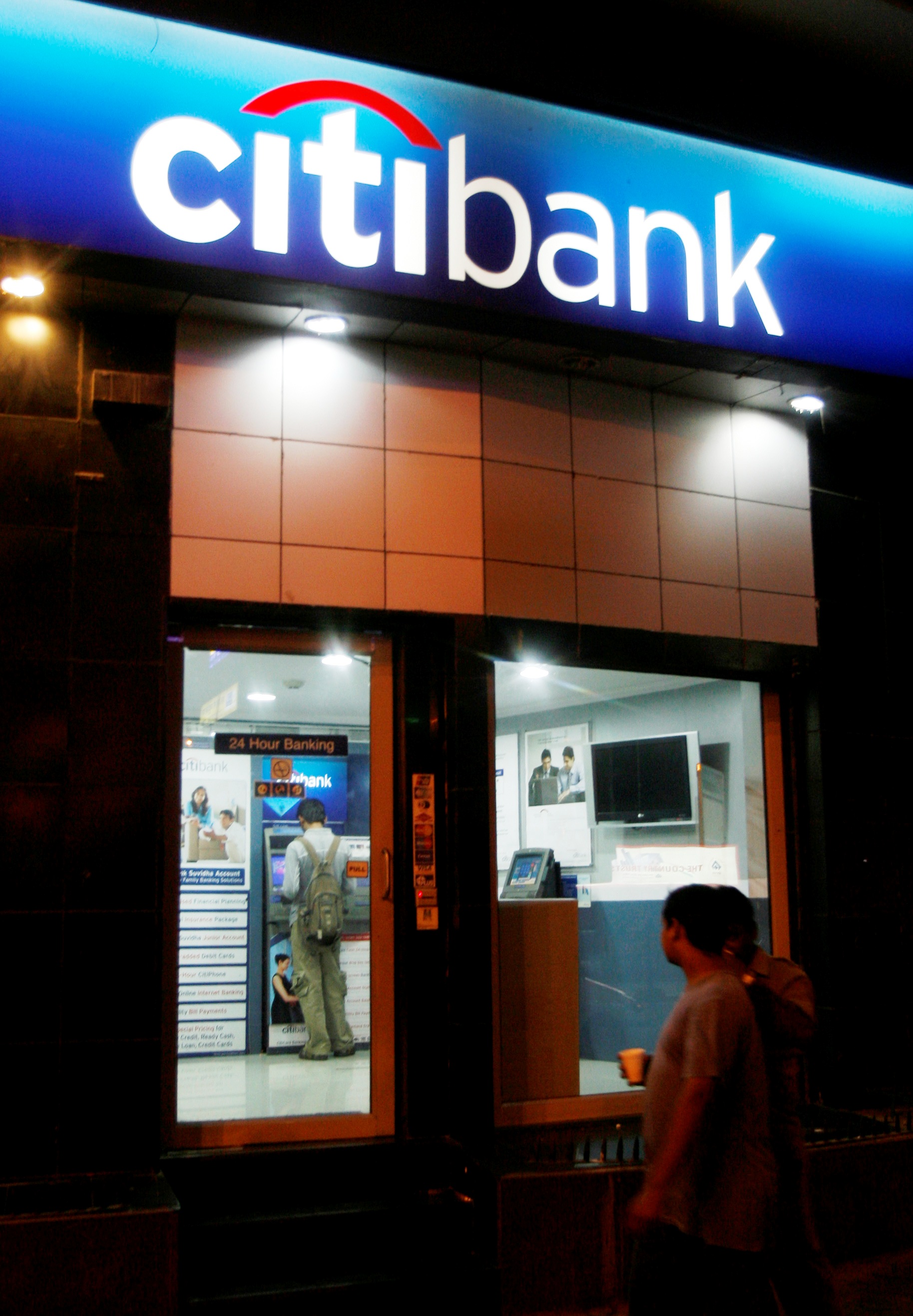
He, however, added banks would face many practical difficulties in implementing state government orders.
Experts say security guards at ATMs are of little help.
This is because most guards are aged, untrained or ill-equipped. At best, they may have small batons.
On condition of anonymity, a manager at a security agency said the company’s security measures were based on the instructions of banks.
Many banks such as State Bank of India, HDFC Bank and ICICI Bank sought guards for 24 hours, while some banks sought guards only for 10 pm-to-6 am shifts, he added.
Asked about Uday, a senior Corporation Bank official said she continued to be under treatment in a hospital.
He added the Uday or her family hadn’t contacted the bank for any compensation.
Says the legal head of a public sector bank, “Logically, if a customer suffers loss or injury at bank premises, he/she should be duly compensated for this by the bank.
“But legally there is no law binding a bank to do so.
The image is used for representational purpose only
. . .
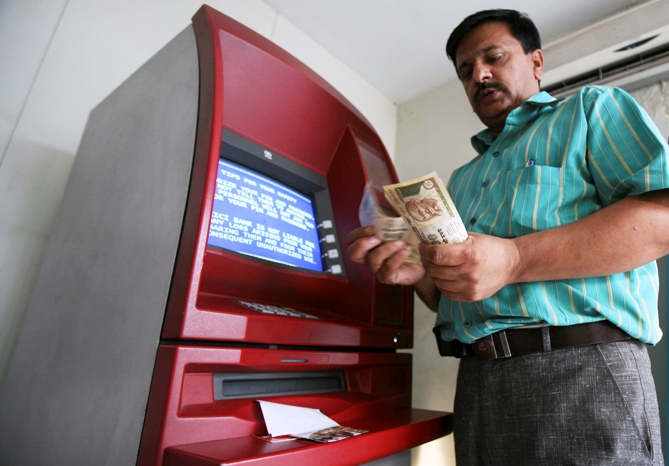
“Normally, a bank is supposed to provide protection for the ATM machine, ATM premises, cash and other property there.”
The Reserve Bank of India permits off-site ATMs, subject to certain conditions prescribed in its circular.
“No person other than the security guard should be posted at such an off-site ATM centre,” the norms say.
But the official quoted earlier says, “A security guard’s primary duty is to protect the ATM and its premises, but there is no locus standi towards protecting a bank customer.” Even if you are attacked in a
bank branch, the bank has no mandate to provide for your safety.
A bank is a public place, reasons an SBI official.
The image is used for representational purpose only
. . .
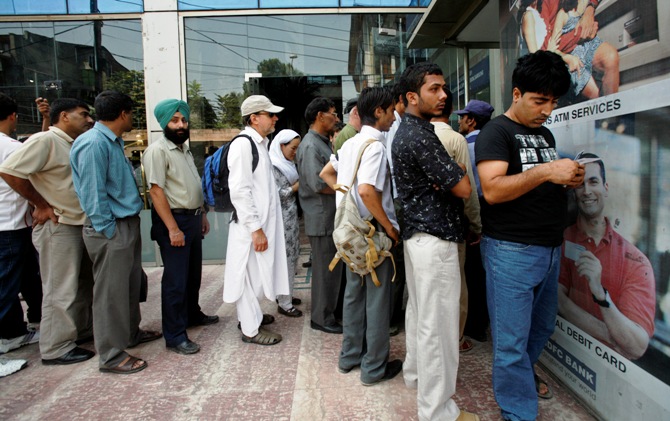
An individual visits ATM premises at his will.
Also, he may choose to use an ATM of another bank, of which he is not a customer.
This makes it difficult to decide which bank should be responsible for the safety of the customer.
What further complicates the matter is the fact that the ATM business is usually outsourced to ATM management companies.
And, installing a CCTV camera amounts to guarding an ATM.
There is little case to hold a bank responsible for assaults and compensation in ATM premises, says Sajid Mohammed, partner at PDS Associates.
He adds RBI norms don’t mandate banks to appoint guards; it is discretionary.
“What the norm means is if the bank chooses to appoint a guard, only he is entitled to enter the premise,” Mohammed says.
Under the brown-label ATM model, banks identified locations for ATMs.
But, under the new white-label model, ATM management companies can decide where to install ATMs.
The image is used for representational purpose only
. . .
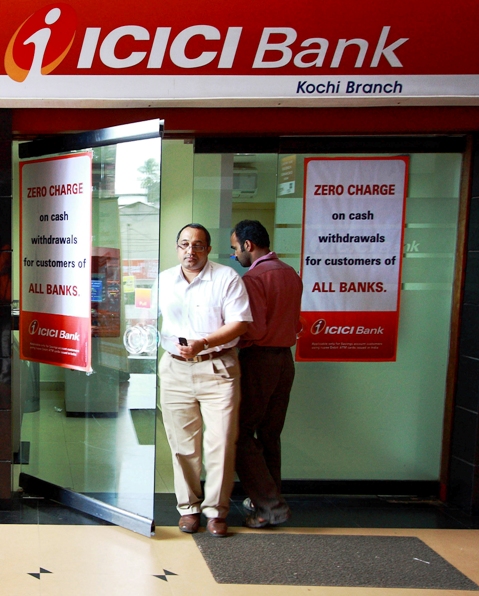
An individual visits ATM premises at his will.
Also, he may choose to use an ATM of another bank, of which he is not a customer.
This makes it difficult to decide which bank should be responsible for the safety of the customer.
What further complicates the matter is the fact that the ATM business is usually outsourced to ATM management companies.
And, installing a CCTV camera amounts to guarding an ATM.
There is little case to hold a bank responsible for assaults and compensation in ATM premises, says Sajid Mohammed, partner at PDS Associates.
He adds RBI norms don’t mandate banks to appoint guards; it is discretionary.
“What the norm means is if the bank chooses to appoint a guard, only he is entitled to enter the premise,” Mohammed says.
Under the brown-label ATM model, banks identified locations for ATMs.
But, under the new white-label model, ATM management companies can decide where to install ATMs.
The image is used for representational purpose only
. . .

Antony adds in the case of white-label ATMs, an ATM management company cannot be held responsible for assaults on customers, as there is a sponsor bank.
He adds globally, ATMs are largely fixed on walls or are installed in shopping malls. This is safer than ATMs in an enclosed area or a branch, as is the case in India.
Ameet Hariani, managing partner at Hariani & Company, says if an ATM is in an enclosed area, the bank has an implied duty to look after the security.
But there is no clarity on whether this means the bank has to compensate an assaulted customer or the means of compensation.
“Here, implied duty means a bank should have a security guard or a surveillance camera in place in an ATM, which represents to a customer that the place is monitored and the customer can go about doing business safely.
“Otherwise, there is no mandate for a bank to protect a customer using its ATM in absolute terms,” he says.
The image is used for representational purpose only
. . .
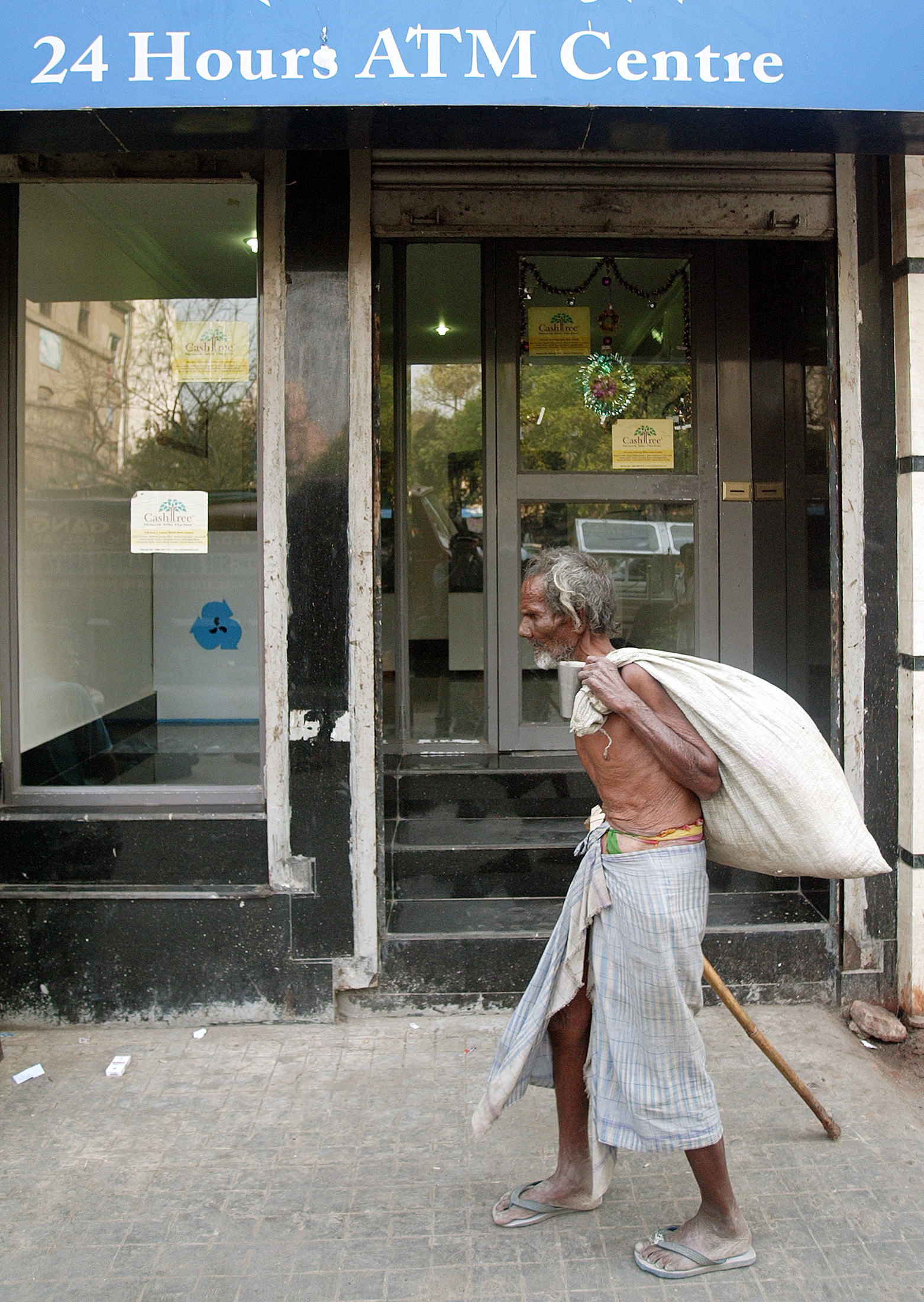
But don’t lose hope.
In case of an untoward incident, you can seek compensation from the bank under the Consumer Protection Act.
“Not deploying a security guard outside an ATM amounts to deficiency in services under the Act.
“A bank customer can sue the bank,” says consumer activist Jehangir Gai.
STAY SAFE AT ATMs
The image is used for representational purpose only
. . .

ARE BANKS RESPONSIBLE?
Under the Consumer Protection Act, you can sue a bank for deficiency in services for not deploying a guard outside an ATM
The image is used for representational purpose only